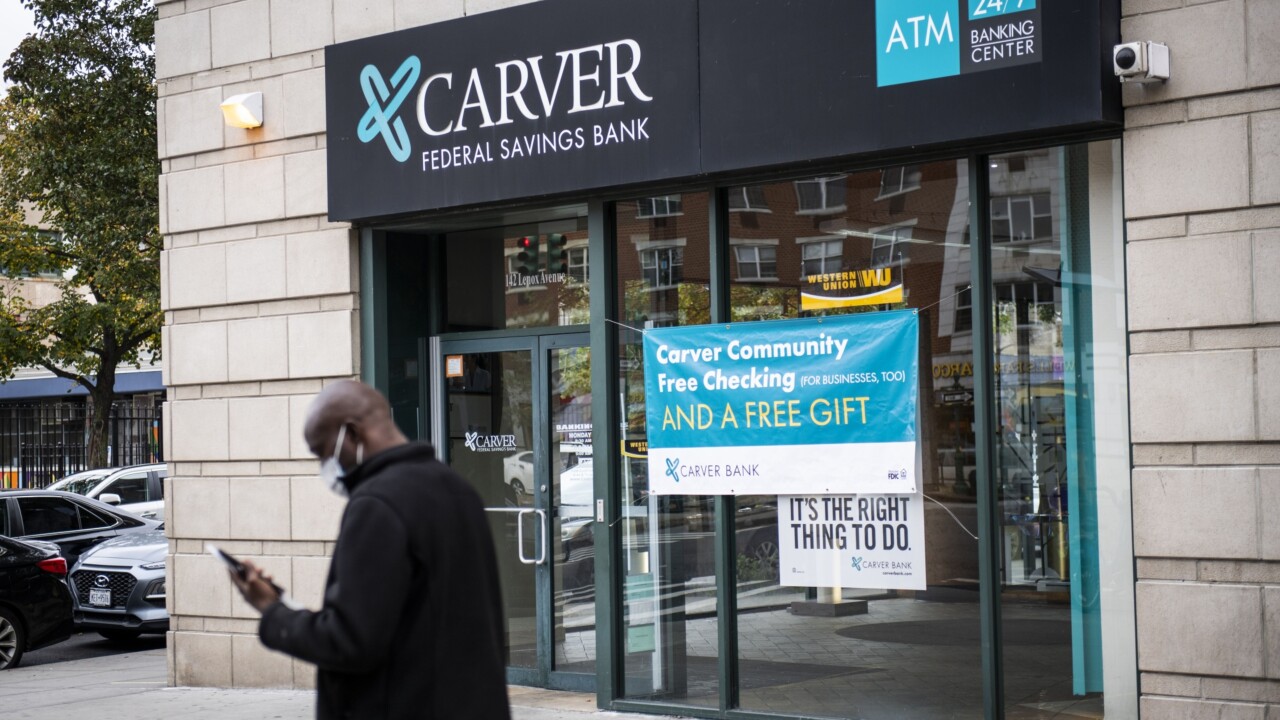TARP beneficiaries have been urged by White House and legislators to redirect a large portion of the federal cash into consumer loans. Lend so the economy can mend. True, the rhetoric has cooled recently. President Obama reportedly was more focused on increased lending to small businesses than consumers during his late-March meeting with the CEOs of major U.S. banks. And the president warned G-20 leaders in early April that the age of "voracious" American consumption is over.
But increased consumer lending is part of the raison d'etre of the Term Asset Backed Securities Loan Facility. A white paper supporting TALF published by the U.S. Treasury Department points out that the securitization market had been funding around 25 percent of "non-mortgage consumer credit" until it ground to a halt last year. "Ultimately, the program should bring down the cost and increase the availability of new credit to consumers and businesses," the white paper posits.
This is not to suggest that those inside the Beltway believe banks ought to lend to consumers who are already overleveraged - in a Jan. 1 institutional letter, the FDIC said it expected funds from federal programs "to prudently support credit needs in their market and strengthen bank capital."
Americans paid off bills or saved most last year's stimulus checks instead of spending them on new goods and services, as the White House and Congress had hoped. Yet consumer spending is still considered a cure for economic downturns.
Washington faces a dilemma: the consumer-spending model has broken down, but there's nothing in its place. "I think you're going to see the Obama administration...push for much more lending," Rep. Barney Frank (D-Mass.) told viewers of ABC's "This Week With George Stephanopoulos" earlier this year. Frank's TARP Reform and Accountability Act, passed overwhelmingly by the House in late January, would mandate such lending.
David Beim, professor of professional practice at Columbia Business School, opposes any call for a return to high rates of consumer lending. Why? "Household debt reached 100 percent of gross domestic product in 2007, and it remains around that level," Beim says. The only other time household debt equaled GDP was in 1929.
"It's impossible to look seriously at the idea of banks lending aggressively in the light of this huge consumer debt," continues Beim. There is no pleasant choice: "When people reduce their consumption and pay back their debt, that endangers the economy. But extending credit under these circumstances will lead to defaults and endanger the banks."
Job creation programs will help stabilize economic conditions and eventually reverse the current downturn. There's a decent dose of job creation in the form of infrastructure spending and small business incentives in the American Recovery and Economic Act. Beim agrees that the modest program designed to spark lending to small businesses is a step in the right direction.
The Small Business Administration has increased guarantees up to 90 percent on its 7(a) loan program through calendar year 2009 or as long as the funds last. The SBA also eliminated fees for borrowers on SBA 7(a) loans and for borrowers and lenders on 504 CDC loans. Treasury will also buy up to $15 billion of small business securities stranded in the secondary market. Why is this so important? Small businesses employ at least half of America's workers, and accounted for 70 percent of job creation over the past 10 years.
And there's definitely a place for responsible consumer lending. Affordable, self-amortizing home mortgages; self-amortizing second mortgages and HELOCs; and credit cards with lines carefully matched to available income should be the basic building blocks of consumer credit. Beim believes that credit card lines "should not be outstanding more than six months."
Even if Washington tried to mandate increased consumer credit, "net new lending will certainly be negative" for now, according to Kevin Feltes, associate director of the Levy Forecasting Center. Rising unemployment and stricter underwriting standards have put consumer lending on a downward trajectory. These trends are compounded by a "cultural shift to increased saving."
There is no quick fix for this economic distress. But pressing banks to lend to consumers who would prefer to save or pay down debt won't lead to recovery. Restoring credit to small businesses will eventually lead to job creation. And people with jobs can help spend and save the country back into growth.





